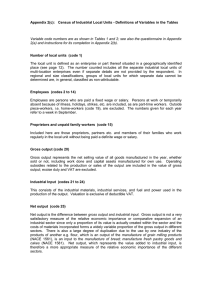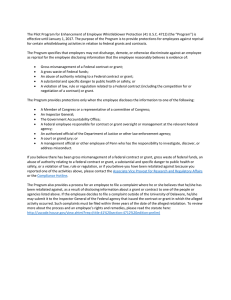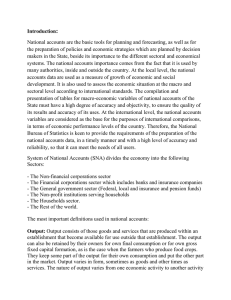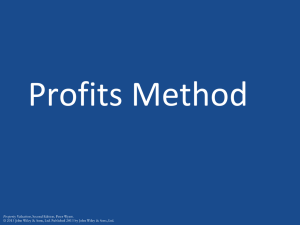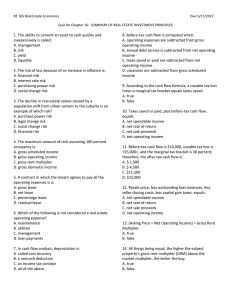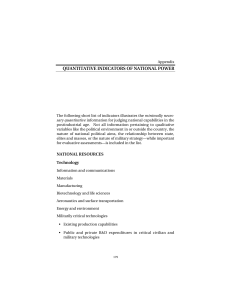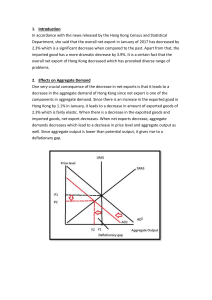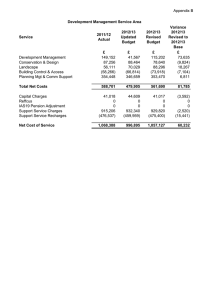Economic Measurement Review FRQs May 5, 2015
advertisement
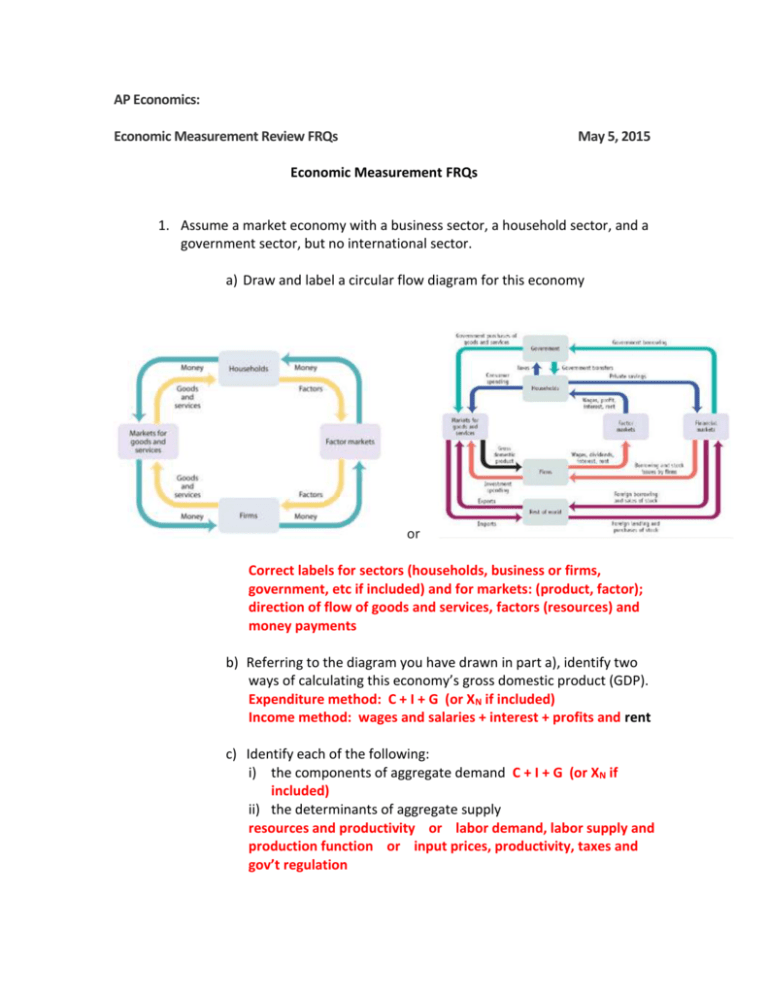
AP Economics: Economic Measurement Review FRQs May 5, 2015 Economic Measurement FRQs 1. Assume a market economy with a business sector, a household sector, and a government sector, but no international sector. a) Draw and label a circular flow diagram for this economy or Correct labels for sectors (households, business or firms, government, etc if included) and for markets: (product, factor); direction of flow of goods and services, factors (resources) and money payments b) Referring to the diagram you have drawn in part a), identify two ways of calculating this economy’s gross domestic product (GDP). Expenditure method: C + I + G (or XN if included) Income method: wages and salaries + interest + profits and rent c) Identify each of the following: i) the components of aggregate demand C + I + G (or XN if included) ii) the determinants of aggregate supply resources and productivity or labor demand, labor supply and production function or input prices, productivity, taxes and gov’t regulation 2. Assume an open economy with a public sector. a) Identify two methods of calculating gross domestic product for this economy. Expenditure method: C + I + G (or XN if included) Income method: wages and salaries + interest + profits and rent b) Explain why the two methods you identified in part a) must yield the same value of gross domestic product. Circular Flow: no leakages; expenditures = income flows c) Identify one shortcoming of using gross domestic product as an indicator of the actual level of national output. Does not include underground economy, home production, barter or externalities d) If nominal gross domestic product increased by 4 percent in 1996, identify two additional pieces of information you need before you can conclude that the living standard of the typical person increased by 4 percent during the year. Change in population; change in price levels also acceptable were changes in income distribution, changes in externalities, changes in product quality and changes in leisure time




